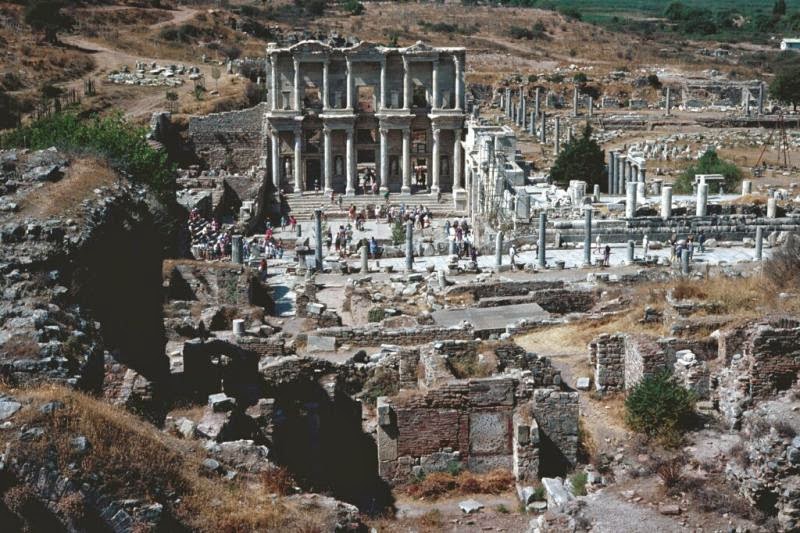Merry Wanderer of the Night:
Turkey
Near East: Greek Byzantine monastery restoration nears end

Near East: Head of Greek god Hermes seized in Turkey

Near East: Ancient Greek city put up for sale in Turkey

Near East: Tourist interest in Lydian capital increases

Near East: Hittite site to become an open-air museum

Near East: Ephesus to be granted World Heritage status

Near East: Hittite rock inscription to be 'taken under protection'

Near East: Restoration of Armenian churches begun in Turkey

Near East: Knidos church and theatre under restoration

Near East: Van’s ancient city in danger of vanishing

Near East: Turkish district to be moved for ancient city
